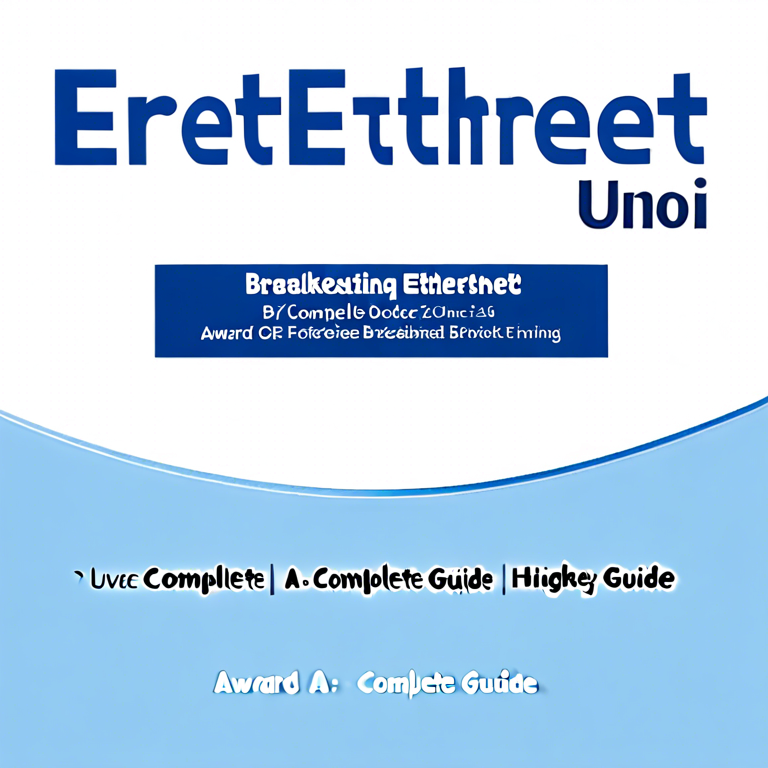Docker has revolutionized the way developers package, deploy, and manage applications, shifting the paradigm in software development and operations. This comprehensive guide delves into Docker, with a focus on its adoption and utilization within the European Union, offering insights into tutorials, best practices, and tips for mastering this powerful platform. Whether you’re a novice eager to learn the basics or an experienced professional aiming to refine your Docker skills, this guide serves as an indispensable resource.

Understanding Docker Fundamentals
Docker is an open-source platform that enables developers to build, package, and deploy applications in lightweight, portable containers. These containers wrap up the application’s code, libraries, and dependencies in a single package, ensuring that the application runs quickly and reliably across different computing environments. The universality and efficiency of Docker have made it a cornerstone in modern software development, particularly for those embracing microservices architectures and continuous deployment.
The European Union’s Embrace of Docker
In the European Union (EU
), there has been a significant increase in Docker adoption across industries. From startups to large enterprises, organizations within the EU recognize the strategic advantage of Docker containers in facilitating agile development processes, enhancing DevOps collaborations, and scaling applications dynamically. Moreover, the EU’s stringent data protection and privacy regulations necessitate the adoption of technologies that ensure security and compliance, where Docker’s isolation capabilities come in handy.
Starting with Docker: A Tutorial Overview
For those beginning their Docker journey in the EU or elsewhere, it’s crucial to start with foundational concepts before advancing to more complex scenarios. A typical Docker tutorial will cover the installation process, basic commands, how to pull and run images from Docker Hub, container management, and how to create and deploy your Docker images. Additionally, understanding Docker Compose for orchestrating multi-container applications and Docker Swarm for cluster management are vital skills in maximizing Docker’s capabilities.
Best Practices for Docker Implementation
Adhering to best practices is essential for leveraging Docker’s full potential while ensuring operational efficiency and security:
- Image optimization to reduce size and improve speed.
- Using official images as a base to ensure reliability and security.
- Implementing continuous integration/continuous deployment (CI/CD) pipelines for automated testing and deployment.
- Applying Docker’s built-in security features and exploring additional tools for enhanced security.
- Keeping Docker and containers up to date to mitigate vulnerabilities.
Advanced Docker Techniques and Community Resources
As proficiency grows, Docker users can explore advanced topics such as creating optimized Dockerfiles, setting up Docker networks for complex communications between containers, and leveraging Docker Volumes for persistent data storage. The Docker community also plays a crucial role in continuous learning. Online forums, official Docker conferences, local meetups, and comprehensive tutorials and documentation available in multiple languages foster a rich ecosystem of knowledge sharing.
In conclusion, Docker’s versatility and efficiency make it an indispensable tool in today’s software development and operations landscape. The guide provides a foundation for understanding Docker, from basic tutorials to advanced deployment strategies, specifically tailored for the European Union audience. Whether embarking on a new project or seeking to enhance an existing application, Docker offers scalable and reliable solutions, backed by a vibrant global community eager to share knowledge and innovations.


